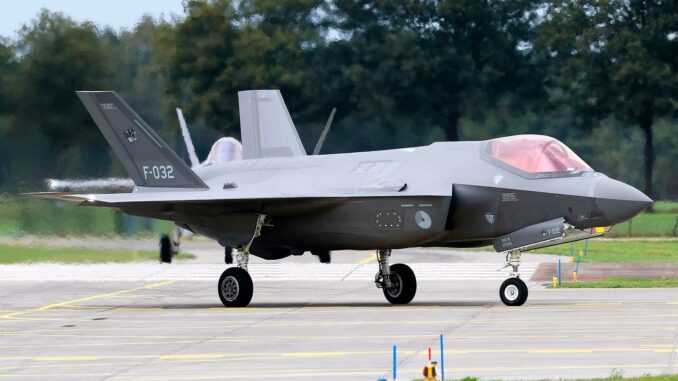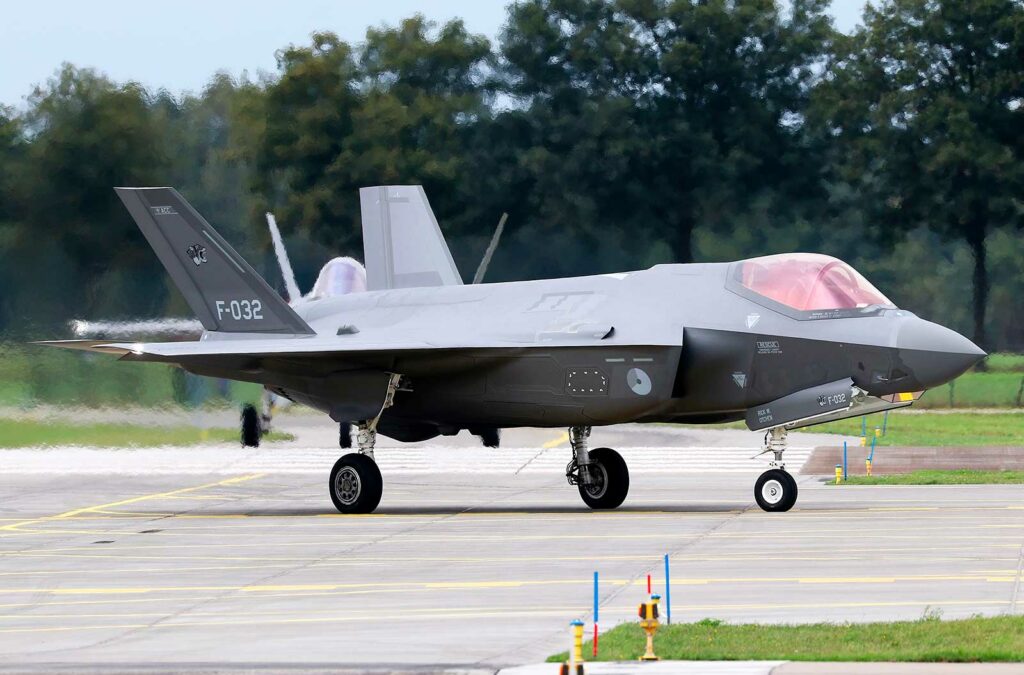
Lockheed Martin has resumed F-35 acceptance flights after fixing an engine vibration issue, paving the way for deliveries to resume and a return to normal.
Summary
Lockheed Martin has restarted F-35 acceptance flights after a nearly three-month hiatus following an incident on December 15, 2022, during an F-35B test flight in Fort Worth. The investigation revealed a rare harmonic vibration affecting Pratt & Whitney’s F135 engine, leading to a temporary halt in engine and aircraft deliveries. A quick-to-install (a few hours) engine fix was validated by the F-35 Joint Program Office and deployed on aircraft awaiting delivery, a prerequisite for the resumption of acceptance flights. The Pentagon then resumed aircraft acceptance, allowing transfers to the forces to restart. The halt had quantifiable effects: the target of 148 aircraft was not met in 2022 (141 delivered), a stockpile of aircraft was built up at the factory, and there were delays in commissioning for some customers. While the resumption eases the industrial squeeze, the program remains attentive to the stability of the modernization software and the pace of deliveries.
Resumption of acceptance flights: facts and schedule
Lockheed Martin resumed acceptance flights in early March 2023 at its Fort Worth, Texas, facility, where a large part of the production is assembled. These acceptance flights are the final step before official government acceptance and operational transfer to the armed forces. Their suspension, decided following an incident involving an F-35B on December 15, 2022, during a quality control flight, led to a freeze on deliveries of F135 engines at the end of the year. After technical mitigation, flights resumed, and government acceptance restarted in mid-March, allowing the flow of stored aircraft to resume. The operational message is clear: the identified risk has been addressed, the production test line is restarting, and the ecosystem (Lockheed Martin, Pratt & Whitney, JPO, DCMA) is realigning to deliver aircraft to units.
The identified problem: a rare but critical engine vibration
The heart of the matter: a phenomenon of harmonic vibration in the F135, the F-35’s sole engine. This involves excitation at certain frequencies that can generate abnormal stresses in the propulsion chain. The investigation confirmed a rare event, but one serious enough to justify a preventive freeze. Teams from Pratt & Whitney, the Pentagon, and Lockheed Martin developed a mitigation measure that could be installed in the workshop in a short time (around four to eight hours). This non-intrusive intervention aimed to return all engines to a standardized and secure configuration. At the same time, engineering analysis targeted fuel line components exposed to vibration and validated design changes to lock in the solution over time. The fleet directive required rapid application of the fix to all affected aircraft in order to align the configuration and lift any restrictions on use.
Industrial consequences: production rates, inventories, and key figures
The shutdown had an immediate effect on deliveries. In 2022, the contractual target was 148 aircraft; this was missed by seven units, with 141 aircraft delivered to customers. At the same time, deliveries of F135 engines were halted at the end of December, which strained the engine inventory “buffer” normally maintained upstream of the assembly line. The resumption of engine deliveries in mid-February made it possible to gradually rebuild this buffer and avoid persistent desynchronization between airframes and engines. On the assembly line, Lockheed Martin continued to produce at a controlled rate, which temporarily increased the number of aircraft awaiting testing and acceptance. For several customers (the United States and partners), the effect was a delay in delivery of a few weeks to a few months, depending on the batch, with associated impacts on pilot/technician training schedules and squadron entry into service.
Operational impact: flight safety and availability
On the military side, priority was given to flight safety. Fleets directly affected by the engine configuration were instructed to apply the mitigation measures within a short timeframe, ensuring a consistent configuration for maintenance and operations. For units in the process of ramping up, the delay in acceptance postponed certain initial capabilities (training, weapons qualification, networking) but did not jeopardize the multi-year procurement plans. International partners were supported in maintaining appropriate training syllabi and realistic acceptance milestones. A significant indicator: once the mitigation measures were validated and implemented, the aircraft in the queue were able to resume test flights and functional trials, allowing transfers to operational bases to resume.

The technical solution: rapid mitigation and design correction
The validated measure was designed to be rapid to implement and without heavy downtime: workshop installation, compliance checks, bench tests, then verification flights. The approach consisted of two complementary parts. First, immediate mitigation to eliminate the resonance zone under test and operating conditions. Second, design consolidation of the power line, targeting resilience to vibration excitation. The benefit is twofold: rapid return to flight for new aircraft on standby and structural security for the fleet through retrofits and incorporations into production. This “short-term fix” followed by “design hardening” approach is standard practice on complex platforms and reduces the risk of recurrence.
Financial and contractual effects: pressure on margins, adjusted incentives
For the manufacturer, the interruption generated inventory carrying costs (stored aircraft, immobilized assets), test rescheduling and, mechanically, delivery delays that penalized billing flows. On the regulatory side, sequential acceptance made it possible to condition payment on the achievement of technical and safety milestones. The following years also saw the introduction of mechanisms for partially withholding unit payments in the event of incomplete software configuration, pending further standards. All of these incentives are designed to guarantee the technical quality of the aircraft delivered and the sustainability of the global fleet over time.
Medium-term repercussions: a return to normal under supervision
The resumption of deliveries gradually reduced the backlog of aircraft, with a steady pace once the aircraft had passed acceptance flights and the F135 engines had returned to nominal flow. The data published subsequently show a tangible resumption of acceptances by the Pentagon, followed by an improvement in annual delivery volumes. However, the program also had to contend with separate challenges related to avionics and software upgrades (technological refresh), which sometimes constrained acceptance profiles. In other words, the vibration fix removed a critical obstacle on the propulsion side, but vigilance remained necessary on other modernization projects in order to stabilize the operational value delivered to the forces.
Strategic significance: industrial credibility and capability continuity
Beyond the incident itself, this episode illustrates the industry’s ability to quickly diagnose, mitigate, and correct an engine failure in a very large-scale program. The fact that all aircraft were brought back to a uniform, documented, and tested configuration ensured flight safety and availability. For customers, the resumption of acceptance flights was the signal they had been waiting for to reschedule deliveries, training, and commissioning. For the manufacturer, the restart made it possible to realign production with government acceptance and restore confidence in the milestones. The next step is to stabilize the software chain and continue with the planned propulsion improvements, with the aim of supporting the ramp-up while preserving the technical integrity of the weapons system.
The final stretch: what this means for the present
In concrete terms, the return of acceptance flights brings predictability back to a schedule that was lacking it, reduces the footprint of pending inventory, and gives the forces more leeway to plan their first flights, qualifications, and maintenance in operational condition. The lessons learned from the incident—vibration risk management, configuration standardization, JPO-industrial coordination—form a solid foundation for absorbing future contingencies without blocking the chain. The essential value lies in a promise kept: an aircraft delivered in compliance, safe, and ready to enter the operational cycle, which was the primary expectation of users.
War Wings Daily is an independant magazine.